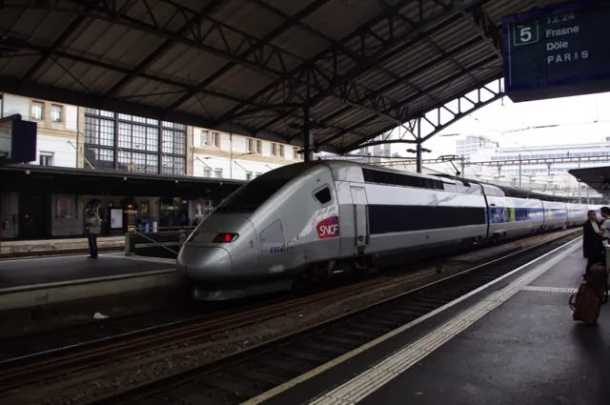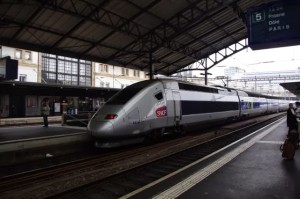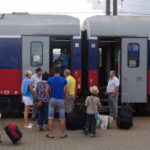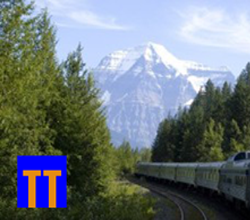The TGV Is 15 Minutes Late… Quelle Horreur!
I always thought it was just automatic here in Europe that your train was going to be on time. Wrong! Not today, anyway, because the TGV that I caught in Lausanne this morning was about 15 minutes late on its arrival into Dijon … not a big thing, but just enough time for me to miss my connecting train to Beune.
Missing a connection in the U.S. can be a really big deal. Except for the Northeast Corridor and in California, most Amtrak routes have just one train a day in each direction. Miss a connection to the Lake Shore Limited, for example, and you could be in real trouble. It will be 24 hours before the next one comes along … and there might not be available space anyway, especial if you’re traveling in a sleeping car.
So there I was, standing on the platform in Dijon having missed my train to Beaune by probably no more than three minutes. Nothing to do but find out when the next train would be. I hauled and skidded my bags over the pea-sized gravel on the platform, picked them up and carried them down two flights of stairs, then rolled them through the tunnel under the tracks to other two-flight stairway which led to the main waiting room.
I stepped up to the small glassed-in booth which said “Information” on the window.
“Bonjour, ” said a smiling young man, elevating one eyebrow in a classic French gesture translating as “What is it that you want?”
I gave it my best shot in French and asked when the next train to Beaune would be here. “Bonjour. Le prochain train à Beaune arrives à quelle heure?”
“La voie numero cinq” (track five), he said.
“No, no, no,” I said, (The eyebrow went way up his time.) “pas la voie, à quelle heure?” Not the track, what time?
“Monsieur!” He seemed just a tad indignant. Then, speaking as if to a child, slowly, although not at all unkindly, “Le prochain train à Baune restes à çe moment … voie le numero cinq!”
I finally got it: the next train to Beaune was already at the platform and already loading passengers on track number five.
What took me too long to grasp was that trains — not high-speed TGVs, but ordinary trains — run between Dijon and Beaune pretty much all day and anywhere from an hour-and-a-half to 35 minutes apart.
Wow! Imagine what rail service like that could do for, let’s say, Topeka and Garden City, Kansas. Sound far fetched? It’s not … because, believe it or not, the populations of those cities are very close to being the same.
And that’s what a real national passenger rail system looks like!





